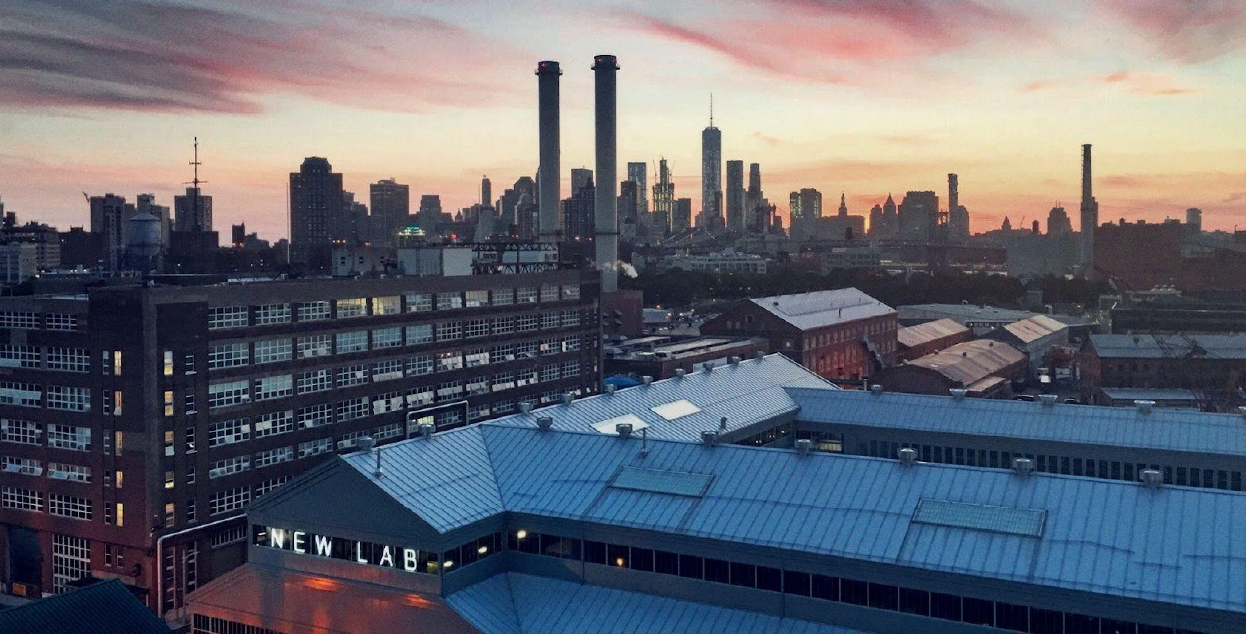Why We Believe in Multi-Modal Logistics to Create Supply Chain Resilience

Supply Chains are Buckling Under Pressure
Supply chains are facing unprecedented challenges due to long-standing underinvestment in transportation infrastructure and rising demands. Still, as this essay contends, a viable pathway to enhanced efficiency and resilience in supply chains is possible. By integrating smaller, diversified transportation modes with advanced technology, a transformative shift towards decentralized, disaggregated, and decarbonized multi-modal logistics can be achieved.
Today, long haul and middle mile logistics are primarily structured as hub and spoke systems. Large origin hubs centralize sorting, consolidating, and dispatching freight over 1000+ mile transoceanic routes, then further distributing within continents. This approach streamlines long-distance transportation by minimizing direct routes and optimizing the use of larger vehicles for efficiency, ultimately reducing costs and transit times in extended haul journey segments.
In recent years, an increasing shift towards aggregation in long haul shipping has emerged as companies have grappled with how to achieve economic operations while handling unprecedented demand. This aggregation has shifted network dynamics as cargo has been consolidated into even larger modes of transportation (e.g. 10,000+ TEU ships and 10,000+ feet long freight trains), capable of carrying huge volumes of goods through fewer intermodal ports and terminals, connected to fixed hub and spoke routes. However, making larger ships and lengthening trains for economies of scale sacrifices flexibility. Larger ships access fewer ports with required channel depth and crane size, while longer trains take more time to assemble and run less frequently.
At the micro level, the increased volumes moving through these ports and terminals has magnified downstream inefficiencies and sustainability challenges at critical hubs and corridors that connect long haul and middle-mile journey segments. As aggregation reduces rail and waterway transport flexibility over time, trucks have dominated as the primary middle-mile mode. While trucking offers fast, frequent, and flexible service, it compromises energy efficiency and incurs high shipping costs. Additionally, post-COVID-19 events have highlighted capacity constraints in trucking routes.
Steadily increasing demand has created pressure on supply chains to move a greater volume of goods at a lower cost. Despite the increase in freight volumes, the capacity of our established transport networks have remained relatively unchanged, leading to strain across the system and a compromise in resiliency. Concurrently, intercontinental rail and inland waterway networks have substantial spare capacity—we estimate current utilization rates for US rail and inland waterway networks at 65% and 40%, respectively—though this capacity cannot be unlocked amid the ongoing trend toward larger ships and longer trains.

We quantified the size of multi-modal logistics problems using a bottoms-up approach, starting with per-unit operational, revenue, and emissions metrics and building up to an industry-level view. Here are a few statistics that inform the magnitude of the multi-modal logistics challenge that we face today:
- U.S. ports are among the oldest and least automated in the world - the average time to load/unload a shipping container at U.S. ports is 76 seconds, 65% more than the 46 seconds per move for ports in Northern Europe and nearly triple the 27 seconds per move for those in Asia. We estimate these inefficient container movements result in an opportunity cost to terminal operators of $2.3 billion in “lost” capacity compared to a scenario with more efficient container movements.
- Intermodal Class I rail terminals in the US had an average dwell time of 22 hours from 2017 to 2023, attributed to inefficiencies in container movement, brake testing, and train assembly/disassembly. Compared to a more efficient scenario with reduced dwell times through automating container loading, railcar shunting, and brake testing, the opportunity cost of lost capacity from excessive dwell times for Class I rail operators is estimated to be $1.2 billion.
- Together, the three largest container ports in the US, Los Angeles, Long Beach, and New York/New Jersey, generated a total of 3.3 million metric tons of CO2 equivalent emissions in 2021. Scaling these emissions on a per-TEU basis across all US container ports, we estimate that US ports collectively generated 7.6 million metric tons of CO2e emissions in 2021, equivalent to the annual emissions of 1.6 million cars. This number is likely still an underestimate, as it underrepresents the emissions footprints at large ports like Houston and New Orleans that move substantial amounts of bulk and liquid cargo versus containerized cargo.
- In order, the greatest contributors of these emissions were:
- Heavy-duty vehicles (drayage and long-haul trucks waiting to pick up containers at port),
- Ocean-going vessels (which need to keep engines running even at berth to provide power to critical systems),
- Cargo handling equipment (ship-to-shore cranes, reach stackers, etc. that still largely run on diesel),
- Locomotives (idling while unloading/loading containers at port rail connections), and
- Harbor craft (fossil-powered tugs that tow ships into port).
- Current truck utilization rates hovered around 95% in 2022 and highway systems are beginning to buckle under increased traffic. Congestion at highway bottlenecks was estimated to cost the trucking industry $74.5 billion in additional operational costs in 2016.
Overall, aggregation has made movement across logistics networks less flexible and less frequent. Consequently, trucks have remained the most competitive mode, especially for movement across middle-mile routes, despite their emissions intensity and low energy efficiency. Additionally, modal shifting at the seams of long haul and middle-mile logistics suffers from several challenges given the design of current intermodal hubs and the form factors of transportation modes and containerized cargo, driving compounding bottlenecks downstream.
Disaggregation and New Smaller, Low-Carbon Transportation Modes Will Be Critical to Enable a More Resilient and Sustainable Supply Chain

Leveraging emerging technology, we believe smarter and more decentralized multi-modal logistics systems, comprised of networked and adaptable infrastructure assets and supporting of smaller, sustainable transportation modes with, will allow us to shift capacity to underutilized networks and enable new routes to created critical redundancy across supply chains.
We have mapped three foundational innovation pathways critical to realizing future logistics systems as well as a landscape of disruptors developing new technology across them.
1. TECH-ENABLED HUBS
Decentralized and automated hubs to enable more dynamic and sustainable intermodal logistics.

2. NETWORK OPTIMIZATION
Increase efficiency of existing routes and unlock underutilized networks.

3. RIGHT-SIZED FORM FACTORS
Smaller, adaptable and sustainable form-factors to store and move cargo more efficiently.

Read more about the project and how to apply in our Open Call.



